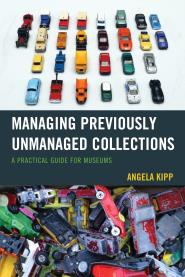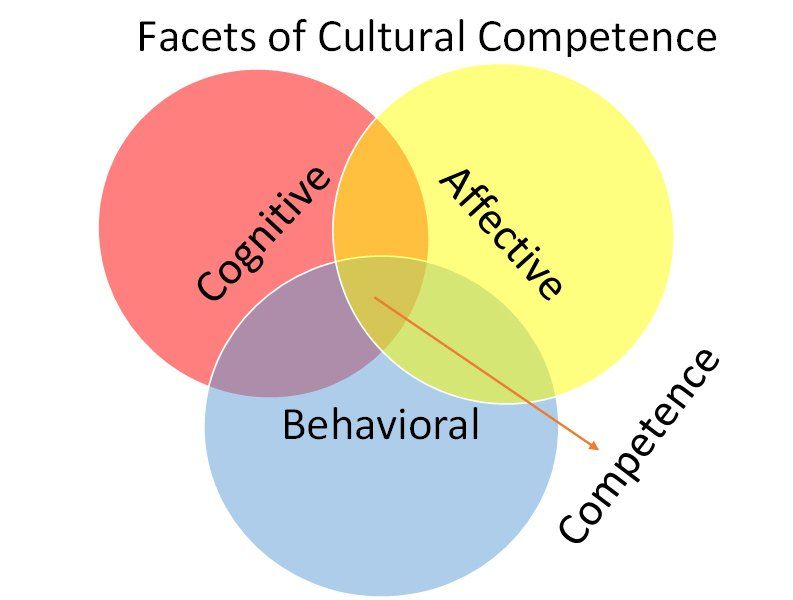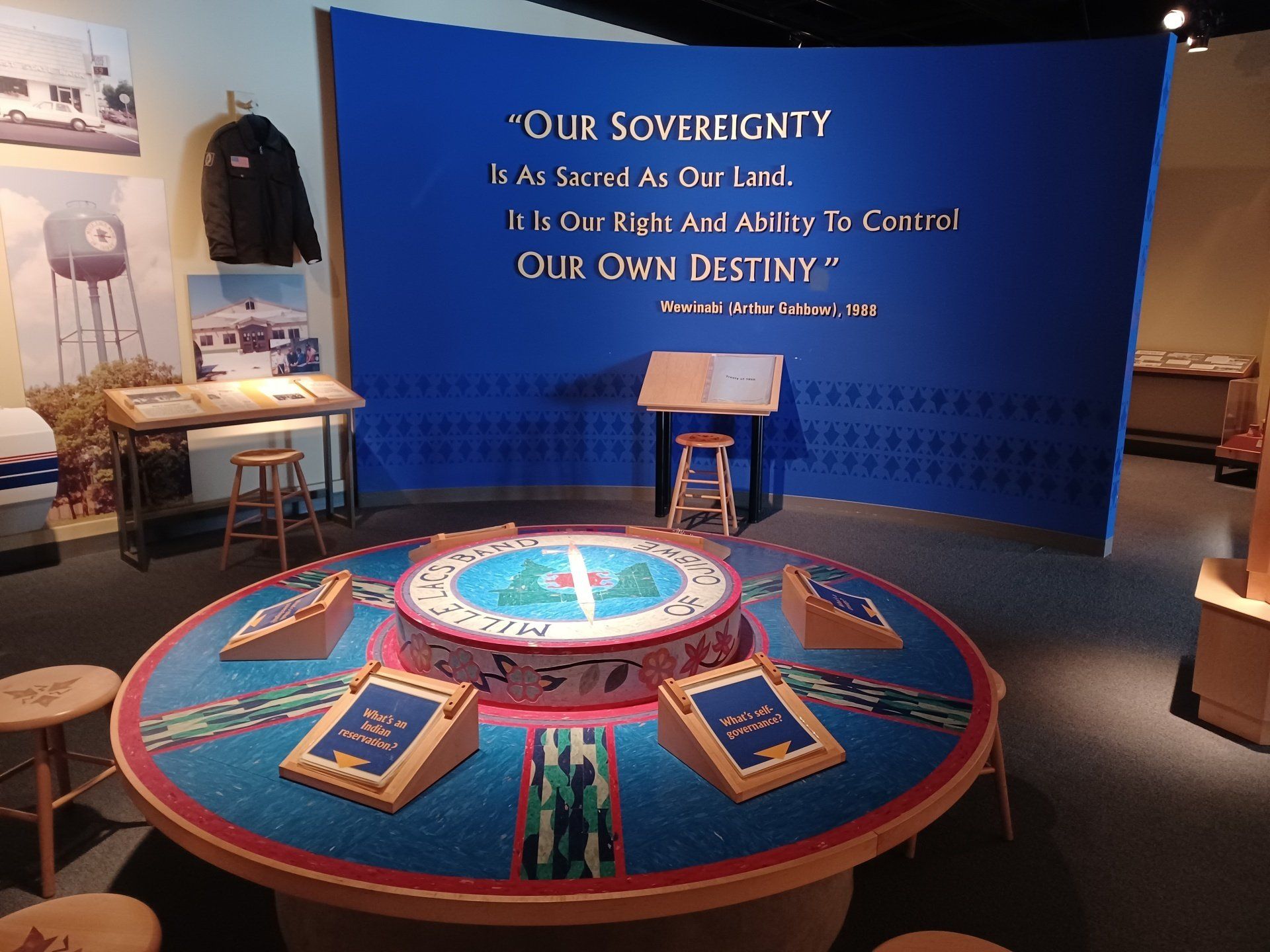Webinars hosted by Museum Study
Past webinars are available on our YouTube Channel

Webinars are a new free service we are providing at Museum Study. Initially our webinars will be on topics related to the courses we offer and be presented by our instructors. They may be an introduction to a course topic, or a deep dive in to one of many topics covered in our courses. The webinars will give you a taste of what our courses are about and an opportunity to ask questions.
Our webinars are scheduled for an hour with 30-40 minutes of presentation followed by a question-and-answer period in the remaining time. We use Zoom to meet. Feel free to share your video and audio for the question-and-answer period and if you want live transcription just ask during the webinar. Our webinars are recorded and are available on our YouTube Channel. https://www.youtube.com/MuseumStudy
We held 6 webinars in 2023 from 5 different presenters.
Beyond checking the EEO box: Cultural Competency, the first step in DEIA, February 16, 2023 by Helen Wong Smith who leads our Cultural Competency course. Archivist and Librarian Helen Wong Smith currently the President-Elect of the Society of American Archivists discussed the importance of Cultural Competency as a business strategy to ensure our workforce reflects, represents, and is responsive to the communities with whom we collaborate and serve.
Don't Reinvent the Wheel: Using SAMR to Create Virtual Programs Inspired by your In-Person Programs, April 4, 2023 by Hillary Hanel Rose who leads our Creating Virtual Learning Opportunities in Museums course. Hillary Hanel Rose is an educator in both the museum field and K-16 education. She is passionate about creating meaningful and enjoyable learning opportunities, especially by connecting interdisciplinary topics through inquiry experiences. In this webinar Hillary discussed how to turn your in-person programs into virtual programs using the SAMR (Substitution, Augmentation, Modification, Redefinition) Model.
Introduction to Collection Management Policies, May 16, 2023 by John Simmons who leads our Policies for Managing Collections course. John Simmons author of Things Great and Small: Collection Management Policies talked about what is a collections management policy (CMP), and why should all collecting institutions have one? This introductory webinar explains how written collection management policies can improve the management of both small and large collections, the basic steps to follow when preparing policies, and the core issues that should be addressed.
It's the Law! An Introduction to Legal Issues for Collecting Objects, June 1, 2023 by John Simmons who leads our Laws and Collections Management course. John Simmons discussed what you need to know about the legal issues that affect collecting? This introductory webinar introduces the concept of museum law and provides an overview of the most significant national (US) and international laws and regulations that apply to collecting for art, history, and natural history collections, and how these may impact the acquisition and accessioning of collection objects.
Risk-based approaches to preventive conservation: Which to choose for my situation?, September 16, 2023 by Robert Waller who along with Moya Dumville teaches our two courses on Assessing Risk to Cultural Property. Risk assessment and management approaches to preventive conservation were first suggested almost 35 years ago. Since then, numerous approaches have been developed, applied, and published. Three of the better-known approaches include Quiskscan, ABC, and the Cultural Property Risk Analysis Model (CPRAM). People unfamiliar with these may think that they are interchangeable, and each could have value in any given context. That is not true. Each of these approaches was developed within a specific context and for certain purposes. This presentation briefly describes each of these three approaches, and their strengths and limitations. Armed with this understanding, institutions and collection care professionals can decide which approach(es) they believe will be most beneficial for their situation. Make sure you choose an approach that will be a fit for your purpose.
Unmanaged Collections Talk, December 19, 2023 Angela Kipp held a Zoom chat to lay out her plans for the 2nd edition of her book and solicit feedback. Angela leads our course Managing Previously Unmanaged Collections. The new edition of Managing Previously Unmanaged Collections is in the making, but not done. In this event author Angela Kipp presented the plans for the new edition as well as being available for questions and answers. This will be your chance to share what worked and did not work when you were tackling your own collections. Let us hear your successes, struggles, conundrums, awesome findings, your tales of FICs and WTFs. No matter if you have worked with an unmanaged collection, are about to embark in tackling one, or are just generally interested in the topic, you are welcome to join us and contribute – or just watch and listen. The second edition of Managing Previously Unmanaged Collections of is due out in December of 2024.
In early February we kicked off our 2024 webinar series with Guiding principles: the foundation of a meaningful community engagement practice, February 6, 2024 by Shannyn Palmer who leads our Foundations of Community Engagement course. Terms such as ‘community engagement’, ‘collaboration’ and ‘co-creation’ are becoming increasingly common in cultural institutions and yet, the way in which they are used is often ill-defined and inconsistent. This works to dilute their meaning and can lead to tokenistic claims of collaboration that perpetuate the idea that community engagement is a box-ticking exercise, or something that can be tacked onto a project when it suits. Thoughtful consideration of the core values and principles that underpin and guide relationship building and collaboration is critical to the development of a meaningful community-engaged practice. In this webinar we explore the central role of guiding principles, not just as words, but as actions that embody core values and provide a roadmap for implementing an ethical, empowering, and meaningful community engagement practice.
Our next scheduled webinar will be May 14 by John Simmons and will be about new policy concerns addressed in the third edition of John’s book Things Great and Small which will be released in April 2024. Museums are confronting a wide array of unexpected challenges including managing digital information and objects, preparing collections for sudden temporary closure, new risks due to climate change, developing sustainable collection care practices, decolonization and repatriation, caring for larger collections with fewer staff members, and operating in an increasingly globalized museum environment. This presentation will consider how these and other issues can be addressed through the development of collection management policies and careful resource allocation.
Do you have any ideas for a webinar topic or presenter? Please let us know. You can reach us at Webinar@MuseumStudy.com
To access our past webinars and see what webinars are coming you can visit our Webinar page and follow us on social media to hear about all our upcoming webinars and courses. (Links below)










